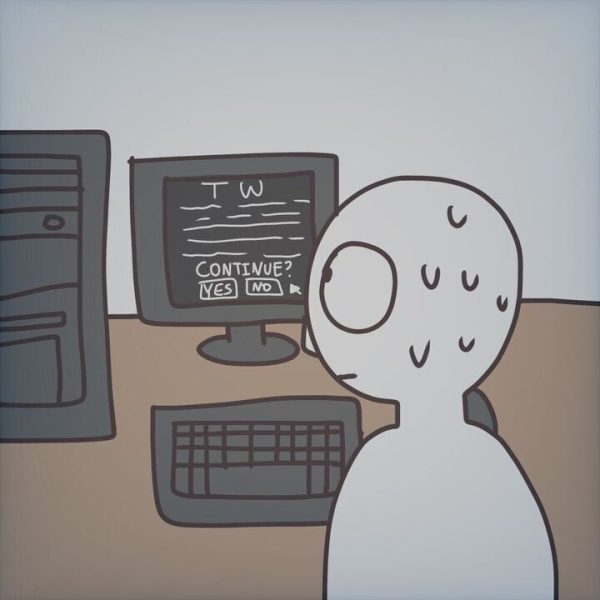The importance of going green
September 10, 2008
NIU has not been shy about letting people know they have done a lot to go green, however, we should ask the question: Why is it so important for our school to go green?
University Ombudsman Dr. Tim Griffin said there are many reasons, such as saving money, influencing public opinion, sustaining available energy resources, meeting needs of students, “and it is just the right thing to do.”
Even though the university has made improvements, some issues should have been dealt with first.
The hazards of Styrofoam and saving water should be among the most important steps of going green.
Since elementary school, many people have been informed of Styrofoam’s harm to the environment. JustGive.org lists 50 ways to save the environment, number 37 of which is to “avoid buying products in … Styrofoam containers.”
According to an article posted on the organization Green4u’s blog on May 22, “Styrofoam does not break down easily and it releases chemicals when it gets wet and contaminates water that touches it, thus contaminating the water supply.”
The dining halls at NIU sell Styrofoam cups. Even though “green” mugs can be purchased, a massive amount of Styrofoam is still being sold.
Another change the school made actually became less resourceful.
The water levels were lowered in the toilets, yet highly sensitive automatic flushers were also installed. These sensors cause the toilets to flush often at unnecessary times.
An article posted on NBC5.com titled “It is Easy Going Green” by Dena Kouremetis lists five low-cost things you can do to go greener at home. Number three is named “Water, water everywhere but not a drop to waste.”
This is certainly a self-explanatory reason for something to be done about the toilet flushers, whether it means adjusting the sensors or trusting students to be responsible enough to flush the toilets themselves.
According to the World Water Developing Report published March 5, 2003, “Population growth, pollution and climate change, all accelerating, are likely to combine to produce a drastic decline in water supply in the coming decades.”
The report indicates our world needs to preserve its water.
Only 2 percent of water on the planet is fresh water and 1 percent of water on the planet is drinkable. This makes the scarcity of water in the future a frightening idea.
I also think it is important for the school to inform and encourage students to develop more resourceful habits. This includes turning off lights and electronics, unplugging appliances when they are not being used, and not letting water run for too long.
It may be hard to overlook everything NIU has done to go green. Yet, for me, it is a little hard to overlook some of the obvious changes which still could be made. I am not saying the school hasn’t made a notable effort, but matters such as eliminating use of Styrofoam cups and preserving water should be among some of the obvious and crucial changes that need to be made.
Commonplace waste should be at the top of our “green” lists.












